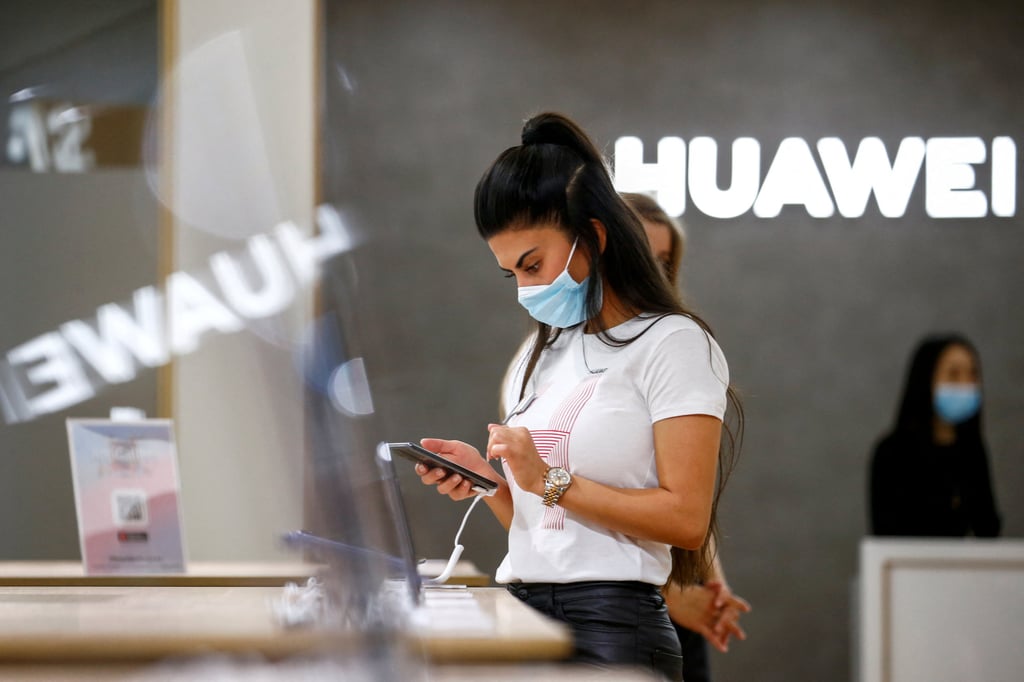Advertisement
US-sanctioned Huawei denies breakthrough in chip packaging tech as speculation mounts on firm’s efforts to overcome trade restrictions
- Speculation has been rife about Huawei’s development of a new semiconductor packaging technology that can achieve 7-nanometre performance for chips
- Strict US trade restrictions have effectively cut Huawei’s access to advanced new integrated circuits for its smartphones and other devices
Reading Time:2 minutes
Why you can trust SCMP
28

Iris Dengin Shenzhen
Chinese telecommunications giant Huawei Technologies Co has dismissed speculation about its development of an innovative semiconductor packaging technology, which would enable the US-sanctioned company to produce advanced chips for its smartphones and other devices, despite strict restrictions imposed by Washington.
Shenzhen-based Huawei on Tuesday denied the rumours, which claimed that the new packaging tech was able to achieve 7-nanometre performance for chips, according to a report on Chinese media outlet Sina.com.
Semiconductors manufactured on 7-nm technology node have smaller transistors and perform faster with increased energy efficiency. These chips enable smartphones and other electronics devices to provide more features and consume less power.
Advertisement
Huawei declined to comment on Wednesday.

It is another US-blacklisted company, Semiconductor Manufacturing International Corp (SMIC), that is known to have already started using the 7-nm process to produce integrated circuits.
Advertisement
Advertisement
Select Voice
Choose your listening speed
Get through articles 2x faster
1.25x
250 WPM
Slow
Average
Fast
1.25x